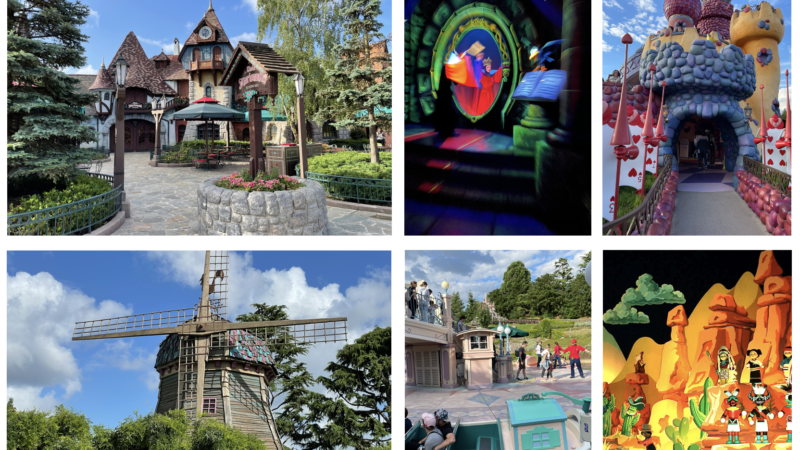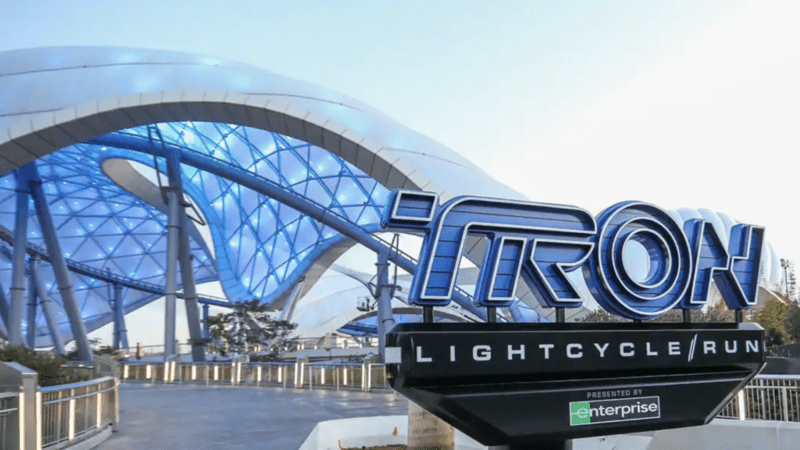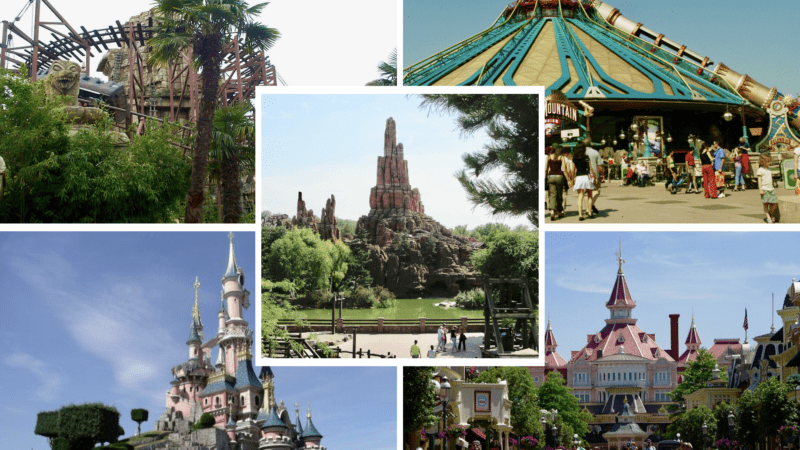Visas for Whom?
 President Obama is slated to speak in front of Cinderella Castle on Thursday. For security purposes, they will empty Main Street, U.S.A. to invited guests only. The purpose of this visit is to announce “a strategy that will significantly help boost tourism and travel.” All of this is being done with the intent to create job growth as tourism increases. In fact, one local radio station announced that with every 80 some visitors, another worker is needed in this market.
President Obama is slated to speak in front of Cinderella Castle on Thursday. For security purposes, they will empty Main Street, U.S.A. to invited guests only. The purpose of this visit is to announce “a strategy that will significantly help boost tourism and travel.” All of this is being done with the intent to create job growth as tourism increases. In fact, one local radio station announced that with every 80 some visitors, another worker is needed in this market.
As someone who has spent a great deal of time as a consultant over the last 15 years helping government to be easier to work with, I applaud any effort to remove needless bureaucracy in making it easier for tourists from Brazil and Korea to come and visit. It shouldn’t take 48 days for an international tourist to get a visa to the U.S. when a U.S. tourist can potentially get a visa within 48 hours.
But is that really what this is all about? Is it just marketing to say, “Hey come on over! It’s easier than ever!” Is it really a job stimulus bill?
Maybe. But maybe it’s something more.
Obama has been talking about Visa Reform for some time. Last fall, the Obama administration was calling for “comprehensive immigration reform that improves visa programs to attract some of the world’s most talented people to America.” That may include increasing the current caps on visas that allow workers to come to work at Walt Disney World and elsewhere in the U.S. from abroad.
International Cast Members are nothing new to Walt Disney World. When Epcot opened its doors, cultural representatives from countries like Mexico and Japan were hired to represent their host nations as a key part of the World Showcase experience. It continued that same way when they invited workers from Africa and Asia to add to the experience at Disney’s Animal Kingdom. All in all, it’s a nice touch that adds authenticity.
But in recent years, it has become much more than that. Disney uses several classifications of visas to bring employees from Brazil, Korea, and so many other countries to come work at Disney. They operate the tea cups at the Mad Tea Party, serve cokes at Pizza Planet, and sell mouse ears at the Emporium. For these international students and workers, it’s an opportunity of a lifetime. For Disney, it’s big savings to the bottom line in terms of wages and benefits. To Florida workers, it’s a big loss in jobs. Local unemployed workers could be filling many of those jobs. Meanwhile, flights arrive daily at Orlando International with workers from other countries.
It extends beyond that. Down the street at Olivanders at the new Wizarding World of Harry Potter at Universal Studios, the wand you purchase may not be the only thing made in China. The worker may be as well. The same could be said visiting Shamu at Sea World. Workers from the Philippines may be ushering you into the next show. Staying with a major hotel chain while you’re here? You’ll see workers from New Zealand behind the desk. Does that seem strange? Not really, because major hoteliers like Marriott and Starwood are using them in major properties all over the country. And Obama’s plan wasn’t just toward increasing caps on front line workers. A key focus is to bring highly skilled workers with graduate degrees to work here in the U.S. That’s right. You may have to compete with someone from China for that job in Topeka.
It’s doubtful that any of this will get mentioned on the steps of Cinderella Castle. But behind the scenes, one wonders if this issue isn’t very much a part of Obama’s Visa Reform movement, which has a great deal of corporate support, and little opposition. This article isn’t intended to carry or sway political thought. But I do hope it can be a forum that keeps Main Street, U.S.A. from becoming an empty address for American workers.
Note: Stay tuned as this is the first of three articles to come that will discuss the impact/loss/opportunity for Central Florida workers.





